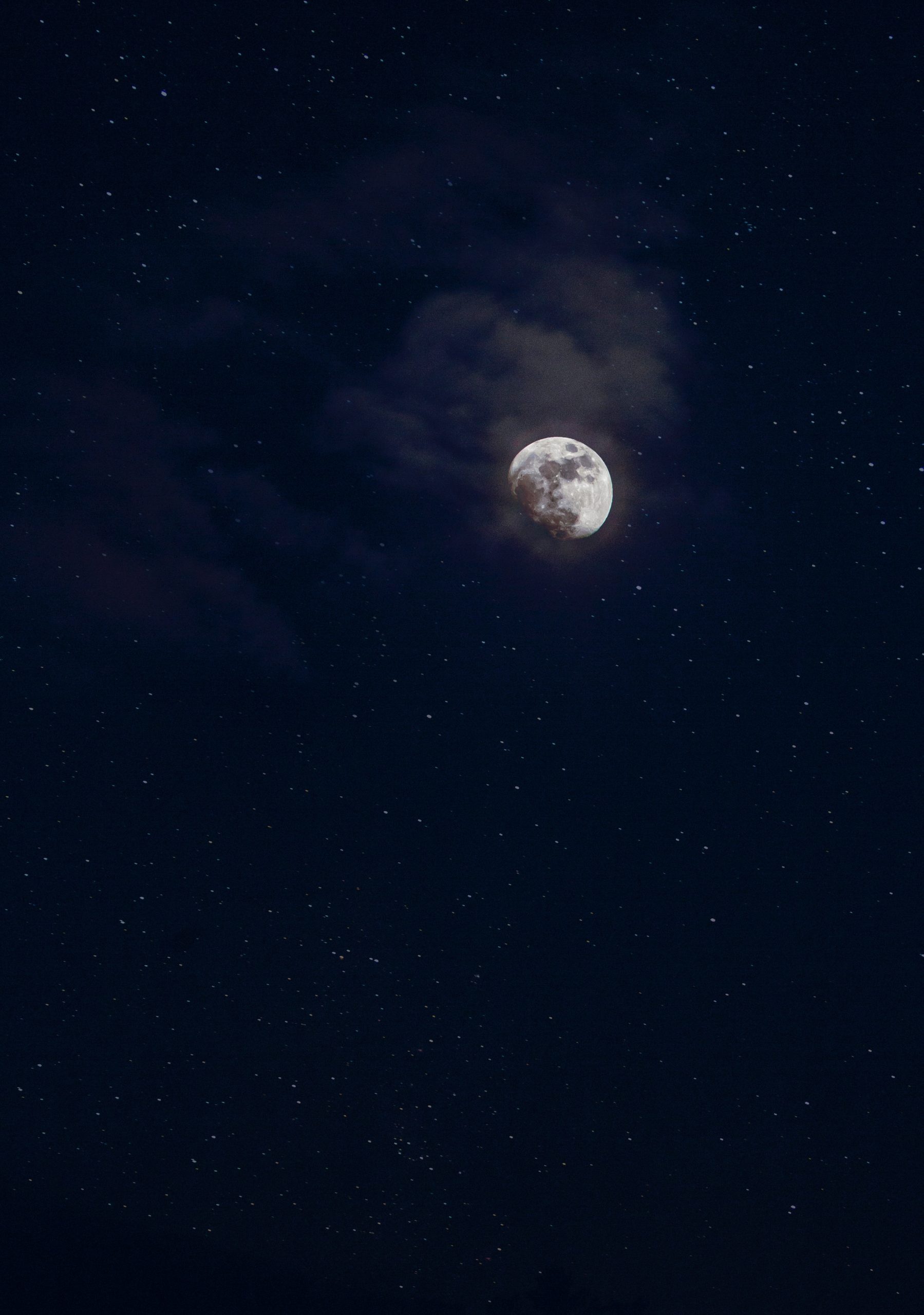The Fascinating History of Divination: Unveiling the Mystical Art of Fortune Telling
Since the dawn of humanity, humans have sought answers about what lies beyond the realm of the known. One such pursuit has been divination, a practice of foretelling the future or gaining insight into the unknown through various methods. Divination has played a significant role in cultures worldwide, spanning millennia and encompassing a diverse range of techniques. Join us as we embark on a journey through time to uncover the rich history of divination and explore the captivating methods used by ancient civilizations.
Origins and Early Practices
Divination, as a concept, can be traced back to ancient civilizations such as Mesopotamia, Egypt, and China. These cultures believed that the gods or higher powers communicated with humans through signs and symbols. Divination acted as a means to interpret these messages and gain insight into matters of great importance, including war, agriculture, and political decisions.
One of the oldest known forms of divination is hepatoscopy, also known as liver divination. The liver of an animal was examined, and its shape, coloration, and markings were interpreted to reveal insights about the future. This practice was prevalent in ancient Mesopotamia and continued through the Classical period in Greece and Rome.
The ancient Egyptians, known for their fascination with the afterlife and the supernatural, practiced a diverse range of divination techniques. One such method was scrying, where a diviner would gaze into a reflective surface, such as a pool of water or a polished gemstone, and interpret the visions or symbols that appeared. Dreams also held significant importance in Egyptian divination, with dreams being seen as messages from the gods.
The Influence of Ancient Greece and Rome
The ancient Greeks and Romans were deeply invested in divination, and it played a central role in their religious and cultural practices. The Oracle of Delphi, one of ancient Greece’s most famous oracles, was consulted by kings, generals, and citizens alike for advice on matters of state and personal importance. The Pythia, a priestess at the temple, would enter a trance-like state and deliver prophetic messages to those seeking guidance.
Roman divination practices drew inspiration from various sources, including the Etruscans, a civilization from the Italian peninsula known for their expertise in the mystical arts. Roman priests, known as Augurs, carefully observed the flight patterns, songs, and behaviors of birds to interpret messages from the gods. They also practiced haruspicy, a form of divination that involved examining the entrails of sacrificial animals.
Mystical Methods from the Far East
The Far East boasts a rich history of divination methods deeply rooted in ancient Eastern philosophies and spiritual beliefs. In China, the I Ching, also known as the Book of Changes, holds a prominent place in divination practices. This ancient text presents a series of hexagrams, composed of six stacked lines that represent different states and situations. By casting dice or yarrow sticks, individuals can access the wisdom of the I Ching and gain insight into their queries.
Another popular divination method from the Far East is palmistry, practiced in various cultures, including India and Japan. Palmistry involves interpreting the lines, shapes, and markings on a person’s hand to reveal information about their character, destiny, and future. It is believed that the lines on one’s palm can provide a glimpse into their past, present, and potential paths yet to be taken.
The Renaissance and Beyond
During the Renaissance, divination experienced a resurgence as interest in the occult and mystical arts grew among scholars, philosophers, and the general population. Astrology played a central role during this period, with individuals consulting astrologers to determine the influence of celestial bodies on their lives and make predictions about their future.
One of the most iconic divination systems developed during the Renaissance is the Tarot. Originating from Italy, the Tarot consists of a deck of 78 cards, each representing different archetypal symbols and concepts. Tarot readers interpret the cards’ placement and interactions to provide guidance on various aspects of life, from relationships and career choices to spiritual development.
Modern divination practices continue to evolve, incorporating traditional methods and embracing new technologies. Astrology, tarot card readings, rune readings, tea leaf readings, and crystal gazing are just a few of the numerous techniques available today. Divination has found a place in many people’s lives, providing guidance, introspection, and a connection to something beyond the tangible world.
The Enduring Legacy of Divination
Throughout history, divination has served as a powerful tool for seeking understanding, finding solace, and exploring the mysteries of the universe. It has transcended cultural boundaries, demonstrating the universal human desire to peek into the unknown and find meaning in the chaos of life.
While some view divination skeptically, dismissing it as mere superstition, others embrace it as an avenue for self-reflection and spiritual growth. Regardless of personal beliefs, delving into the history of divination unveils a rich tapestry of human ingenuity, creativity, and unyielding curiosity. So, whether you prefer consulting the stars, gazing into a crystal ball, or examining the lines on your palm, divination offers a glimpse into the enigmatic web of life’s possibilities.
References:
- Brennan, J. H. (2017). Inherit the Stars: Astrology, Divination, and the Quest for Cosmic Justice. The University of Chicago Press.
- Cornell, M. (2017). Divination in Ancient Israel and Its Near Eastern Environment: A Socio-Historical Investigation. Walter de Gruyter GmbH & Co KG.
- Danielou, A. (1991). The Complete Kama Sutra: The First Unabridged Modern Translation of the Classic Indian Text. Inner Traditions/Bear & Co.
- Halliwell, S. (2019). Ancient Divination and Experience. Oxford University Press.
Table of Contents
